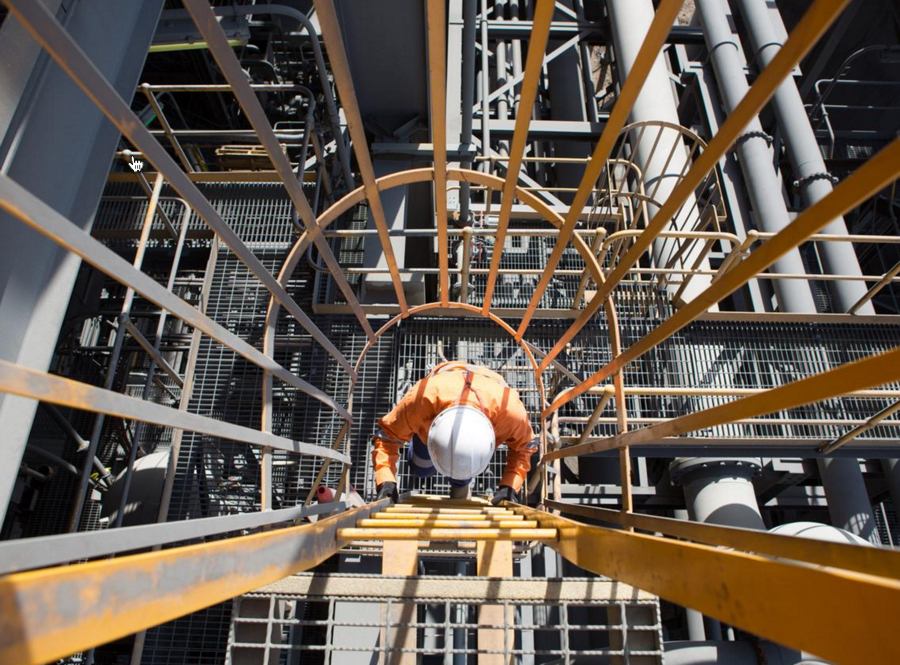
Zinc is the best performing base metal so far this year and measured from its six-year low struck mid-January today’s $2,280 a tonne zinc prize is up 55%.
Zinc’s prospects brightened considerably after the shutdown of two major mines last year – Australia’s Century and the Lisheen mine in Ireland. The two mines had a combined output of more than 630,000. The shuttering of top zinc producer Glencore’s depleted Brunswick and Perseverance mines in Canada in 2012 brings total tonnes going offline since 2013 to more than one million tonnes.
While the pace of gains in 2016 is unsustainable, zinc prices are expected to rise steadily over the long term
Glencore has been out in front when it comes to curtailing production to shore up prices and the Swiss giants’ announcement of cutbacks inspired another leg up in the price. Glencore’s first half production numbers showed a 31% output decline to 506,000 tonnes after the company idled mines in Peru and downscaled its Australia operations. Nyrstar’s zinc mine output fell 39% over the same period and the Swiss company has cut capex by nearly two-thirds as it seeks to exit mining.
China, top consumer and producer of the metal mainly used to galvanize steel, recently added fuel to the fire after Beijing ordered the shutdown of all lead and zinc mines in parts of Hunan province, the centre of Chinese production. China is now forecast to have a mined zinc deficit of 390,000 tonnes in 2016, widening from a deficit of 9,000 tonnes a year ago.
A new report by BMI Research says that while the pace of gains in 2016 is unsustainable, zinc prices are expected to rise steadily over the long term, averaging $2,000 a tonne in 2016 and $2,350 a tonne by 2020.
BMI’s forecast represents an annual average gain of 3.9% to 2020, following an average annual contraction of 2% over the previous five-year period.
The better price environment is due to structurally weaker supply that will keep the global market in a deficit.
Shortage is most acute at mine level with ore and concentrate production forecast to drop by 6.8% year on year in 2016, according to the report. Total global refined output will shrink by just under 1% this year and return to tepid growth of less than 2% through 2020, outpaced by demand growth.
Sustained deficits will translate into a very tight-above ground stocks-to-use ratio according to BMI, with inventories representing less than 5% of consumption by the end of the decade compare to more than 11% this year.
